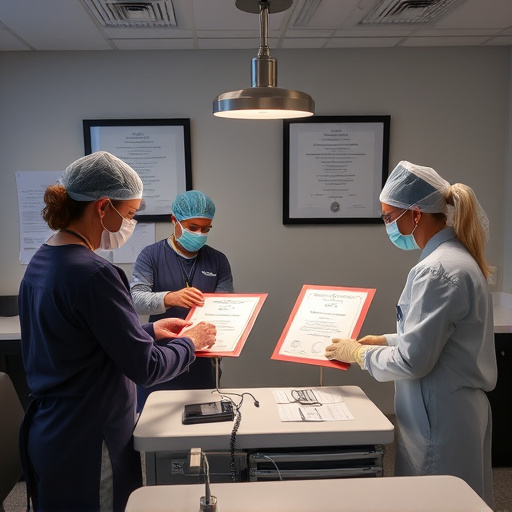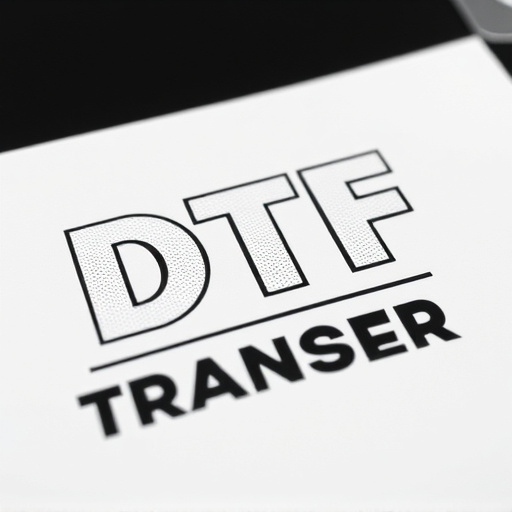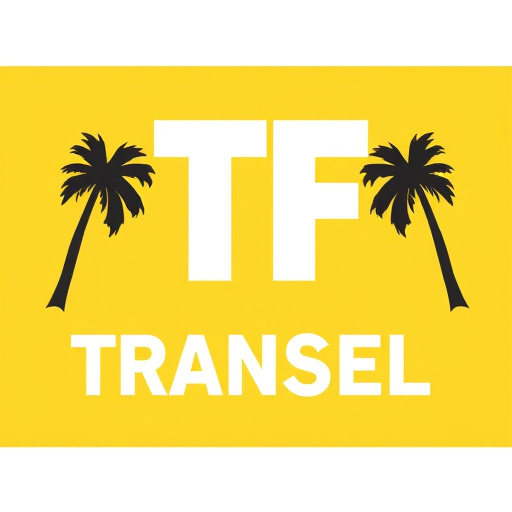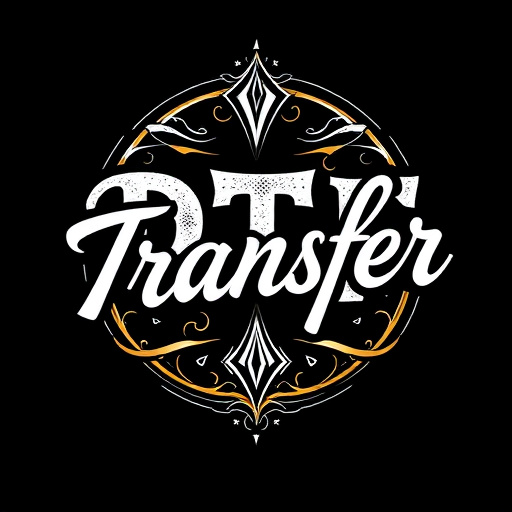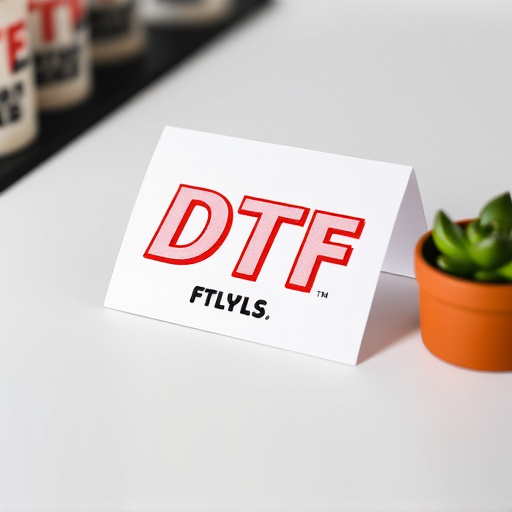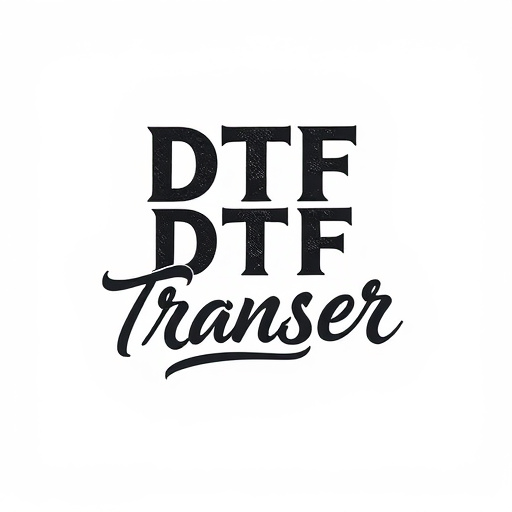Direct-to-Film (DTF) Transfers are revolutionizing media handling by directly converting various film formats into high-resolution digital files, eliminating intermediate steps. This process significantly enhances production efficiency for indie filmmakers, restoration projects, and special effects studios, offering unparalleled quality, minimal file sizes, and exceptional image clarity. Expedited production services further streamline DTF transfers, reducing turnaround times and ensuring meticulous handling of vintage films to safeguard precious memories for future generations. Choosing the right service provider with specialized expertise, state-of-the-art equipment, and a proven track record is crucial for high-quality DTF transfers that meet industry standards. Case studies highlight successful transformations of archival footage, preserving historical content while enhancing accessibility for contemporary audiences.
“In the realm of multimedia, Direct-to-Film (DTF) transfers are revolutionizing content delivery. This cutting-edge process bypasses traditional printing, enabling direct conversion of footage into film formats. This article explores the benefits and intricacies of expedited production services for DTF transfers. From understanding the technology to choosing the right company and overcoming challenges, we’ll guide you through the process. Additionally, real-world case studies will illuminate successful DTF transfer projects, showcasing its potential impact.”
- Understanding Direct-to-Film (DTF) Transfers: A Quick Overview
- Benefits of Expedited Production Services for DTF Transfers
- The Process: From Footage to Final Product
- Choosing the Right Company for Your DTF Needs
- Common Challenges and How to Overcome Them
- Case Studies: Successful DTF Transfer Projects
Understanding Direct-to-Film (DTF) Transfers: A Quick Overview
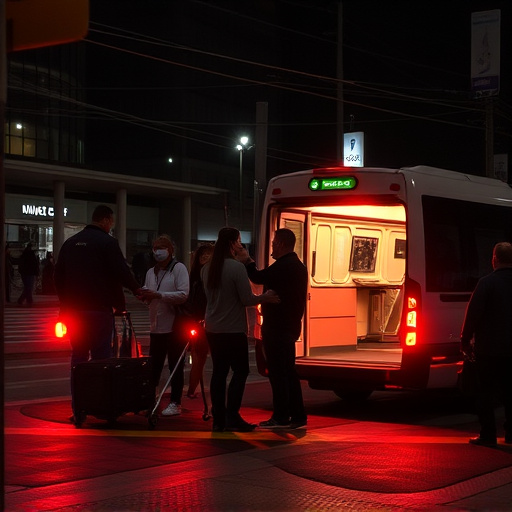
Direct-to-Film (DTF) Transfers are a cutting-edge process that revolutionizes the way we capture and preserve moving images. Unlike traditional methods, DTF eliminates the need for intermediate digital formats, enabling seamless transfer directly from source film to modern digital media. This innovative approach offers unparalleled quality and efficiency, ensuring that the original cinematic experience is accurately reproduced.
By employing advanced technologies, DTF Transfers can swiftly convert 35mm, 70mm, and even older format films into high-resolution digital files. This expedites production workflows, making it an ideal solution for indie filmmakers, restoration projects, and special effects studios. With minimal file sizes and exceptional image clarity, DTF is a game-changer in the industry, fostering a new era of film preservation and creation.
Benefits of Expedited Production Services for DTF Transfers
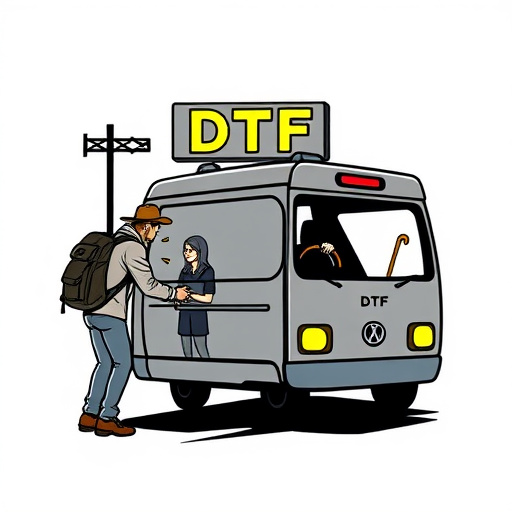
Expedited production services offer a multitude of benefits for direct-to-film (DTF) transfers, streamlining processes and ensuring faster turnaround times. By leveraging advanced technologies and optimized workflows, these services can significantly reduce the duration typically associated with traditional film transfer methods. This is especially valuable in time-sensitive projects where quick delivery is essential, such as in archival restoration efforts or creating digital masters for distribution.
Moreover, expedited production keeps quality at its core. Specialized equipment and expertise enable meticulous handling of films, preserving intricate details and color accuracy. The result is a superior DTF transfer that meets the high standards expected in modern media consumption. This focus on quality not only caters to professionals in the film industry but also ensures that vintage films and precious memories remain intact for future generations.
The Process: From Footage to Final Product
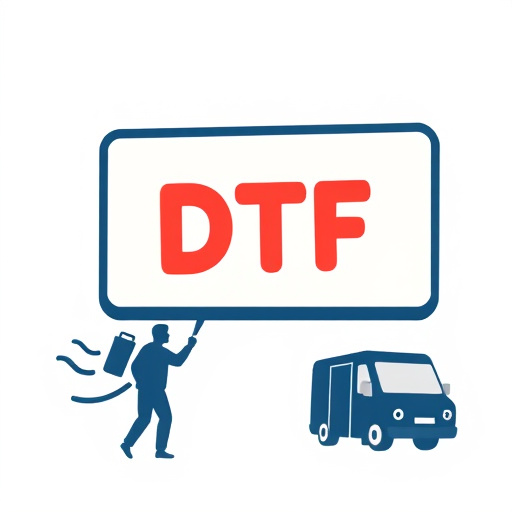
The process of converting footage into a direct-to-film (DTF) transfer begins with careful preparation. First, the raw footage is reviewed to ensure it meets the required standards for optimal conversion. This includes checking for any digital anomalies, such as pixelation or noise, which could impact the final product. The footage is then colour-corrected and graded to match the desired aesthetic vision, ensuring consistency across the entire transfer.
Once the footage is ready, it undergoes a series of intricate steps. Advanced software is utilised to map and analyse each frame, allowing for precise adjustments to be made. This involves enhancing details, adjusting contrast and brightness, and ensuring the colours remain vibrant. After these digital enhancements, the final step is the printing process, where the digitally mastered footage is transferred onto film, resulting in a high-quality, direct-to-film product ready for viewing.
Choosing the Right Company for Your DTF Needs

When considering expedited production services for direct-to-film (DTF) transfers, it’s paramount to select a company that understands the intricacies and demands of this specialized process. Not all service providers are cut out for DTF transfers; ensure they have experience in handling high-quality film conversions, with a focus on detail and color accuracy. Look for companies offering state-of-the-art equipment and a proven track record of successful projects.
Research their client testimonials, check their portfolio, and inquire about the technologies they employ. A reputable company should be able to provide transparent insights into their workflow, from initial assessments to final delivery, ensuring your DTF transfer meets industry standards and exceeds your expectations.
Common Challenges and How to Overcome Them

Direct-to-film (DTF) transfers, while offering high-quality results, often come with common challenges that can slow down production. One significant hurdle is managing the vast amount of data generated during the process. With high-resolution files and intricate details, efficient storage and transfer methods are crucial to avoid delays. Implementing robust cloud-based systems or specialized data management platforms can streamline this aspect, ensuring a smooth workflow.
Another challenge lies in maintaining color accuracy across various stages. Different display devices and monitor settings can alter the perceived colors, requiring precise calibration and standardized viewing conditions. Using industry-approved color profiling techniques and consistent hardware setups help overcome this issue. Additionally, employing experienced technicians who understand the nuances of DTF transfers can significantly reduce color discrepancies, ensuring a visually appealing final product.
Case Studies: Successful DTF Transfer Projects
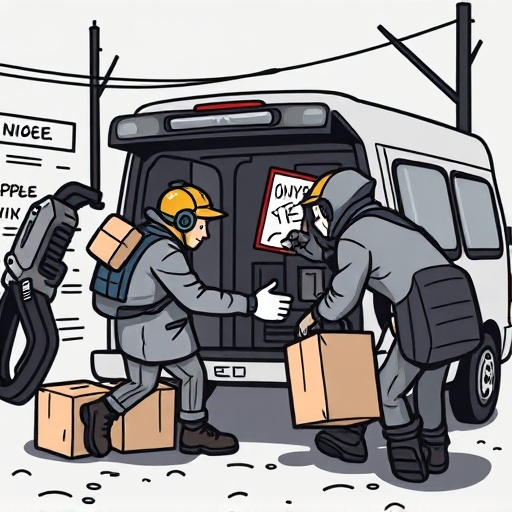
In the realm of direct-to-film (DTF) transfers, case studies offer tangible evidence of successful projects that have transformed archival footage into modern formats. These real-world examples highlight the versatility and efficacy of DTF Transfer services, demonstrating their ability to preserve historical content while enhancing its accessibility for contemporary audiences.
One notable project involved digitizing vintage home movies from the 1950s, meticulously restoring them to high-definition standards. Another case study focused on salvaging rare documentary footage from old film reels, ensuring its longevity and making it available for future generations. These successful DTF Transfer initiatives not only preserve valuable cinematic memories but also showcase the technical expertise required to navigate the intricacies of different film formats, grain structures, and color palettes.

